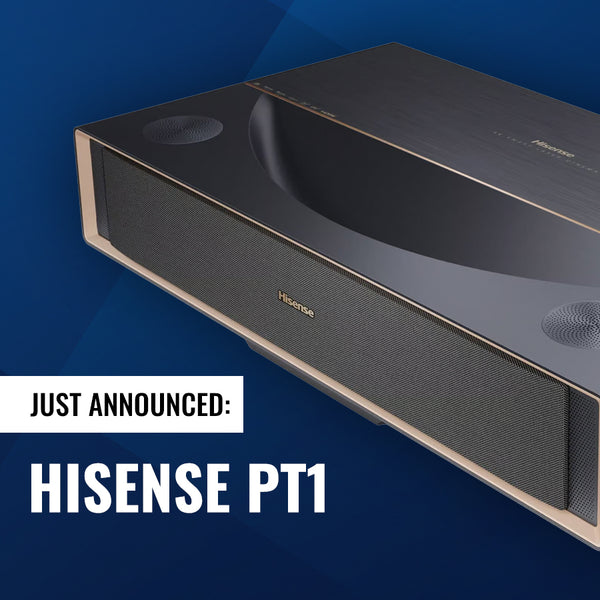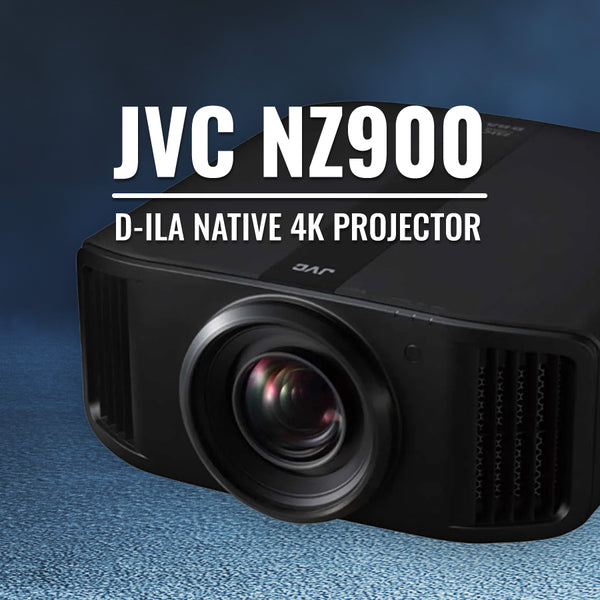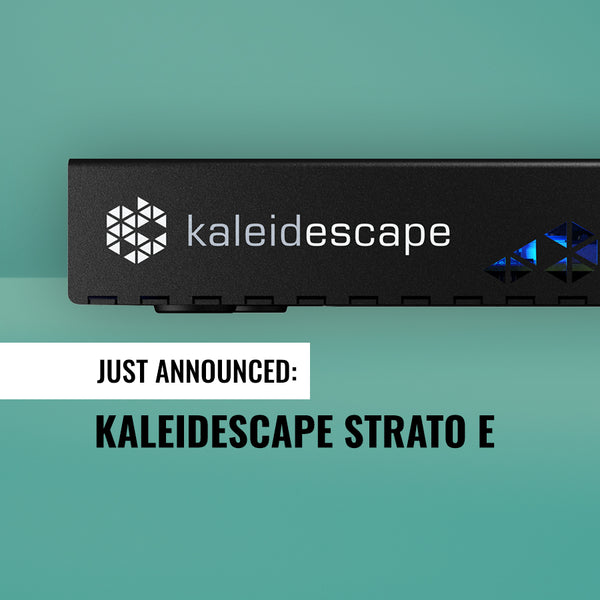Church Projector Screen Guide
The Need for Projector Screens in Churches, Synagogues, and Other Religious Organizations
Check out our updated guide to church projector screens.
Have you ever been frustrated trying to get your message across to your congregation using only your voice? No matter how big or small your House of Worship is, your ability to communicate is your most important tool. Imagine how much stronger a sermon you could deliver to your Temple or Church if you had the visual tools for added effect.
Regardless of your religious denomination, EVERY organization is facing this communication problem.
Biggest Issues Facing Houses of Worship in 2020:
- Retaining current members of your Church
- Bringing in new members to your congregation
- Attracting "Generation Y", who spend most of their time with their electronics and not at your House of Prayer anymore
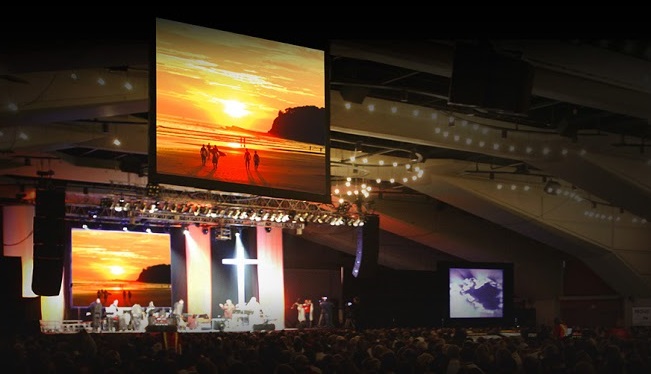 Using a Projector Screen during a Sermon
|
| Project powerful images to your current congregation to supplement your voice during your sermons and provide them with a much more personalized message from God. If you have a large audience, simply projecting your image can be so important to those members sitting towards the back that can hear you but not see you. |
 Projector Screens for a synagogue |
| Impress new visitors considering joining your synagogue when they can watch a 10 minute video on a 200" projection screen about the impactfulness of your temple's work within your community.A video of your temple's contributions is very easy to put together and only has to be updated every few years. It's inexpensive to make and is guaranteed to get people's attention. |
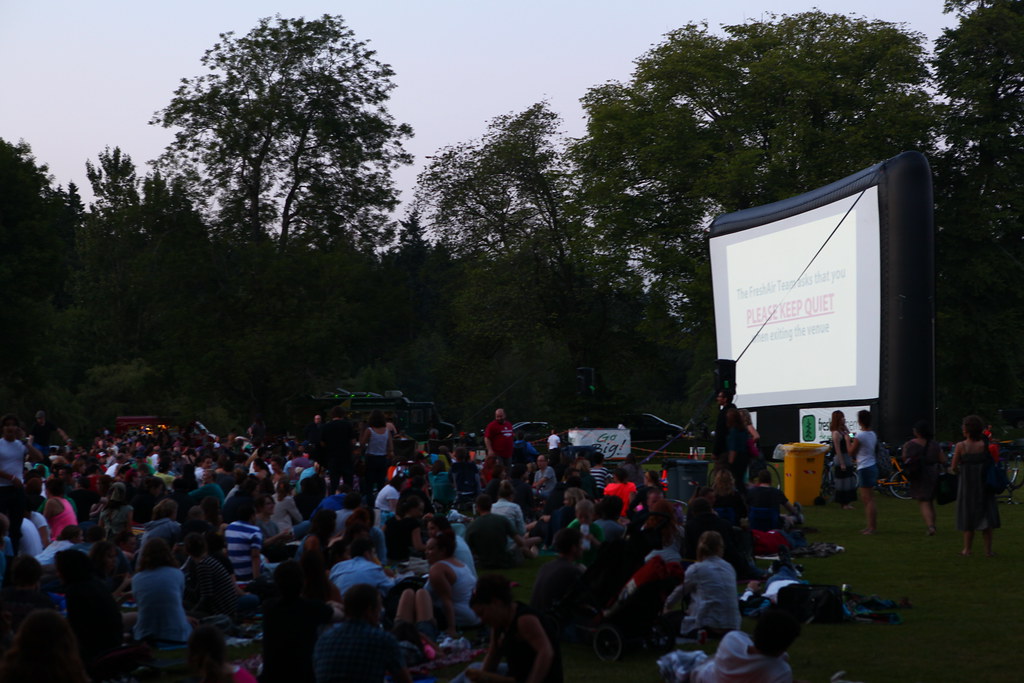 Outdoor Projection Screens allow for huge audiences |
| Imagine bringing your neighborhood teenagers onto your church grounds on a Friday night for an outdoor movie night, where you can not only keep them out of trouble, but also find creative ways to interject the Word of God to generate interest.It's so tough in today's society to get our youth to relate to us. By using multi-media applications that are sure to WOW them, they will be more likely to listen to what you have to communicate. |
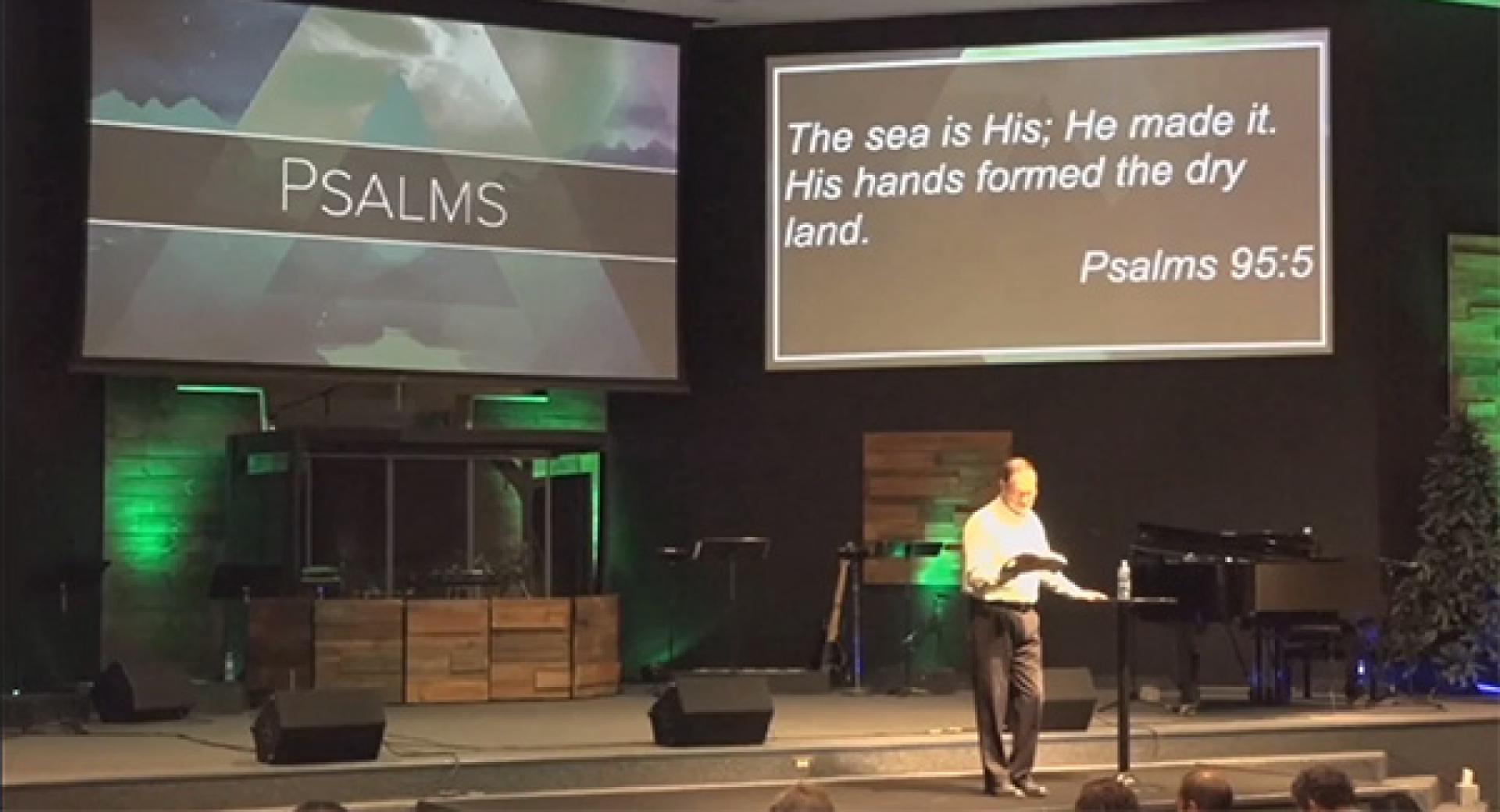 Using a Projector Screen to Show Hymn Lyrics |
| Imagine posting the lyrics to your church hymns onto a big screen- this way NO ONE has an excuse not to sing praises to God anymore!The majority of people can't read music and are normally only following along with the words in the hymnal, not the notes. Rather than have them bury their faces in their hymn books so no one can tell that they aren't singing, now the words are right in front of their faces! |
A projector and projector screen for a church or other house of worship would be the ideal solution for you for all three of these issues. We are sure you've already thought of that. However, you know that it's too costly to set up a large scale entertainment / communication center and it's just not in your budget, right? WRONG!!!
There are plenty of inexpensive, high quality projectors and screens for Houses of Worship that can fit both your budgets and your needs. However, the amount of information available can be very overwhelming. This guide will explain specific factors to help you determine what church projector screen will be perfect for your congregation.
LOOKING FOR A CHEAP CHURCH PROJECTOR SCREEN? Check out this guide!
Rear vs Front Projector:
Although a rear projector might sound like the perfect fit for your church because the projector and equipment can be hidden and lighting can be better controlled, they are generally more expensive and require more space between the wall and projection screen.
We recommend choosing a front projector for your House of Prayer for a few reasons:
- Less expensive than most rear projectors
- More options to choose from
- Wider viewing angle for your audience
- Will produce a larger projected image
Screen Material:
Of course, every House of Worship is set up differently. In some temples, you can fully control the lighting to darken the room when your church projector screen is on. Other congregations will need their worship projections screens for use both indoors and outdoors.
There are dozens of screen materials from different manufacturers, each with their own benefits based on the environment that will be set up in. However, we recommend a basic matte white material for most Houses of Worship.
A matte white material is the most versatile material for church projector screens. These screens generally have a 1.1 gain and a wide viewing angle (120 – 180 degrees). A gain of 1.1 means that light will be evenly reflected over the entire screen, rather than focused just in the center. A wide viewing angle is important so that members of your congregation sitting further to the left or the right of the screen are able to view the same quality images as those centered in front of the screen.
Most importantly, they are flame retardant, mildew resistant and can easy be cleaned using mild soap and water. It's made with a durable, woven material that can withstand constant usage and storage.
Most manufacturers have different names for this type of material. Elite Screens calls their MaxWhite. Draper calls their standard material FiberGlass Matte White. Da-Lite calls their material Matte White.
If you have the budget, are able to fully control the ambient lighting and are able to center your audience, you can consider different screen materials for your church projector screen. However, a matte white projector screen material is your best overall option.
Projector Screen Size:
Of course, everyone thinks the bigger, the better. That's not always the case though. It is very important to be realistic not only about the size of the room or space you will be using your church projection screen in, but also the number of people in your congregation that will be viewing your sermon or presentation, to determine the maximum height and width your space can accommodate.
Visit the section entitled How Big of a Projector Screen Should I Get at https://www.projectorscreen.com/ for detailed information on how to properly measure your space to determine the best projection screen size for your House of Worship.
Type of Projector Screen:
Fixed Frame Projector Screens |
 Fixed Frame projector screens are permanently installed onto a wall or ceiling. The screens do not retract. Fixed framed projection screens provide the best picture quality since the material is always flat. They also tend to be the most expensive. If your House of Worship has a separate room that you can dedicate to media applications, a fixed frame church projector screen would be your best choice.
Fixed Frame projector screens are permanently installed onto a wall or ceiling. The screens do not retract. Fixed framed projection screens provide the best picture quality since the material is always flat. They also tend to be the most expensive. If your House of Worship has a separate room that you can dedicate to media applications, a fixed frame church projector screen would be your best choice. |
Electric Projector Screens |
 Electric projector screens can be installed in a wall or ceiling, and use a remote control or wall unit to lower and retract the screen. While retracted, the storage case is barely visible. In fact, some screens can be recessed ceiling-mounted so that you can't see the storage case at all when not in use. These also tend to be more expensive than most screens, and may require more maintenance since they are motorized. If you plan on using this during your weekly sermons, the electric projection screen would be the best option for your House of Prayer.
Electric projector screens can be installed in a wall or ceiling, and use a remote control or wall unit to lower and retract the screen. While retracted, the storage case is barely visible. In fact, some screens can be recessed ceiling-mounted so that you can't see the storage case at all when not in use. These also tend to be more expensive than most screens, and may require more maintenance since they are motorized. If you plan on using this during your weekly sermons, the electric projection screen would be the best option for your House of Prayer. |
Manual Projector Screens |
 Manual projector screens are also mounted into a wall or ceiling, and the screen can be retracted while not in use. The main difference between these screens and electric projection screens is that you would have to manually pull down and retract the screen yourself. These screens are less expensive and lighter weight than electric screens, but also may get damaged more quickly. Manual projector screens would be perfect to have in the space at your temple where youth spend most of their time.
Manual projector screens are also mounted into a wall or ceiling, and the screen can be retracted while not in use. The main difference between these screens and electric projection screens is that you would have to manually pull down and retract the screen yourself. These screens are less expensive and lighter weight than electric screens, but also may get damaged more quickly. Manual projector screens would be perfect to have in the space at your temple where youth spend most of their time. |
Tripod Projector Screens |
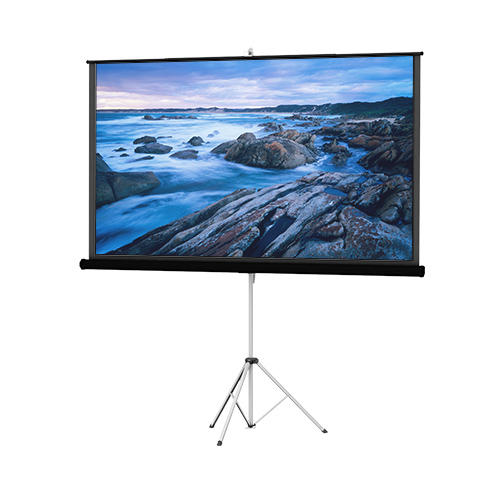 Tripod projector screens are portable screens that can generally be set up both indoors and outdoors. They are lightweight, easy to carry and store, and are simple to set up. These tend to be the least expensive of the projector screens, making them the most popular. They also will not have as long a shelf life as fixed frame or electric projector screens. Tripod projector screens are the most common type of church projector screens because they can be easily moved around to any space in your House of Worship, including outside.
Tripod projector screens are portable screens that can generally be set up both indoors and outdoors. They are lightweight, easy to carry and store, and are simple to set up. These tend to be the least expensive of the projector screens, making them the most popular. They also will not have as long a shelf life as fixed frame or electric projector screens. Tripod projector screens are the most common type of church projector screens because they can be easily moved around to any space in your House of Worship, including outside. |
Floor Rising Screens |
 Floor rising projector screens are also portable screens that have a less-bulky base and are easier to set-up/take-down than a tripod projection screen. Some models even come with a pneumatic option which uses a remote control to operate. They look more impressive than most tripod screens but are also generally more expensive. Floor rising projection screens are also very popular choices in many Houses of Worship.
Floor rising projector screens are also portable screens that have a less-bulky base and are easier to set-up/take-down than a tripod projection screen. Some models even come with a pneumatic option which uses a remote control to operate. They look more impressive than most tripod screens but are also generally more expensive. Floor rising projection screens are also very popular choices in many Houses of Worship. |
Inflatable projector screens and projector screen paint are other church projector screen options that you may want to consider, but they generally don't fit the overall need of most pastors and ministers.
Many projector screen manufacturers offer discounts or extended warranties for religious organizations.



